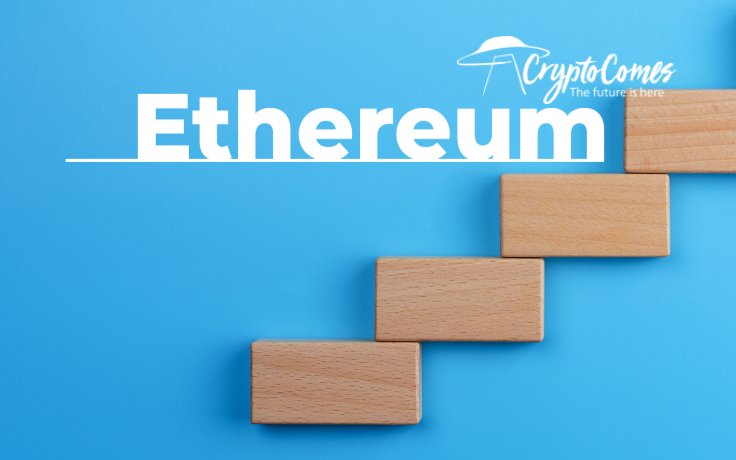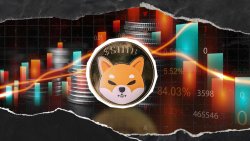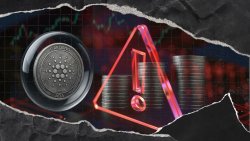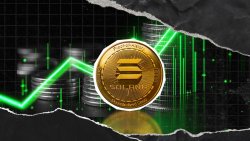The last upgrade of the gas limit of the Ethereum (ETH) network increased this significant metric by more than 4% from 12 mln units to 12.5 mln units. Analysts are attempting to figure out how this will affect gas spending statistics for the Ethereum (ETH) network.
Ethereum gas limit increases amid 200% gas price growth
This week the gas limit of the Ethereum (ETH) network increased by 500,000 units. This update was intended to react to skyrocketing Ethereum (ETH) network activity. The decentralized finances euphoria accompanied by the explosive upmove of the Ethereum (ETH) price made average transactional fees go through the roof.
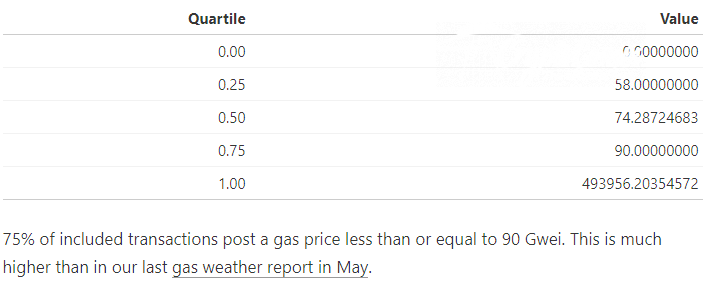
According to research by Barnabé Monnot of Ethereum's Robust Incentives Group, gas prices are almost 200% higher than in May 2020. Two months ago, amidst Ethereum's (ETH) bearish market, even the wild activity of Ether-based Ponzis did not bring average gas price to such impressive numbers.

As shown in the second table, half of all Ethereum (ETH) transactions were included in the corresponding blocks for gas fees of 20 or fewer gwei.
While studying the effects of the latest upgrade on gas price dynamics, Mr. Monnot admitted that they are of little significance. According to him, this indicator is much more heavily affected by daily swings between the hours of high and low network congestion.
Daily seasonality
These periodic intra-day spikes are caused by the natural highs and lows of network activity. Thus, the researcher did not notice big upmoves or downmoves by average gas prices caused by the highly controversial increase of the gas limit.

To validate this conclusion, the researcher examined two types of Ethereum (ETH) network blocks. The first category included the "small blocks" that used fewer than 12.25 mln gas units, while the second category included "big blocks" with more than 12.25 mln gas units spent.
Each category reflects the aforementioned periods of high and low network congestion. As a result, Mr. Monnot revealed that average gas fees are almost equal for both categories: 75.42 gwei for the first versus 75.36 gwei for the second.
He outlined that the difference between the two indicators may be considered negligible.
